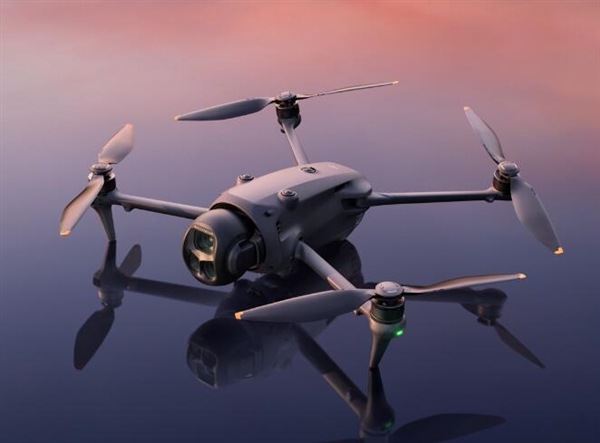Drone Activity: A Growing Concern
Drones have revolutionized various industries—from photography and delivery services to agriculture. However, their popularity has come with its set of challenges, particularly concerning airspace regulations. The recent event in NJ is indicative of these issues, highlighting the potential risks that unauthorized drone operations pose.
Regulatory Landscape and Safety Measures
The Federal Aviation Administration (FAA) has established rules governing drone usage to ensure the safety of the national airspace. Despite this, instances like the NJ drone being shot down reveal gaps in enforcement and public awareness. It’s crucial for drone users to be informed about restricted airspaces and the consequences of violating these regulations.
One aspect of the debate focuses on technological solutions such as geofencing and remote identification. Geofencing restricts drones from entering designated areas, while remote identification allows authorities to track drones and their operators. These tools are essential in preventing unauthorized access to sensitive locations.
Implications for Industry Stakeholders
The drone downing incident in NJ raises questions about liability and accountability. Stakeholders, including manufacturers and operators, must consider their role in ensuring compliance with safety standards. The drone technology sector must continuously innovate to meet safety demands whilst fostering growth.
- Implementing advanced navigational protocols to avoid breaches.
- Investing in educational campaigns to increase awareness among users.
- Collaborating with authorities to refine regulation frameworks.
The Role of Law Enforcement
Law enforcement agencies play a critical role in managing drone-related activities, especially those that may threaten safety. This includes detecting, intercepting, and addressing unauthorized drone operations promptly before they escalate.
As part of strengthening airspace security, there could be a need for more training and resources to help authorities handle drone-related threats effectively.
The Future of Drone Regulation
Looking ahead, the balance between promotion and regulation of drones remains delicate. Policies must encourage innovation while ensuring the safety and protection of airspace.
“A comprehensive strategy is essential for fostering a safe environment where drones can contribute positively to society.”
Future regulatory measures may include stricter penalties for violations and enhancing public participation in shaping drone policies.

Common Questions & Extended Discussions
What are the penalties for unauthorized drone flights?
Unauthorized drone flights can result in fines or prosecution, depending on the severity and location of the incident.
How can drone operators ensure they comply with regulations?
By staying informed about the latest FAA rules, obtaining necessary certifications, and implementing technological solutions like geofencing.
Will further technological advances make drones safer?
Yes, continued innovation in drone technology, such as improved AI and navigation systems, will likely boost safety and regulatory compliance.
Ultimately, the conversation sparked by the NJ drone incident underscores the importance of evolving airspace regulations in sync with technological growth, ensuring safety without stifling innovation.